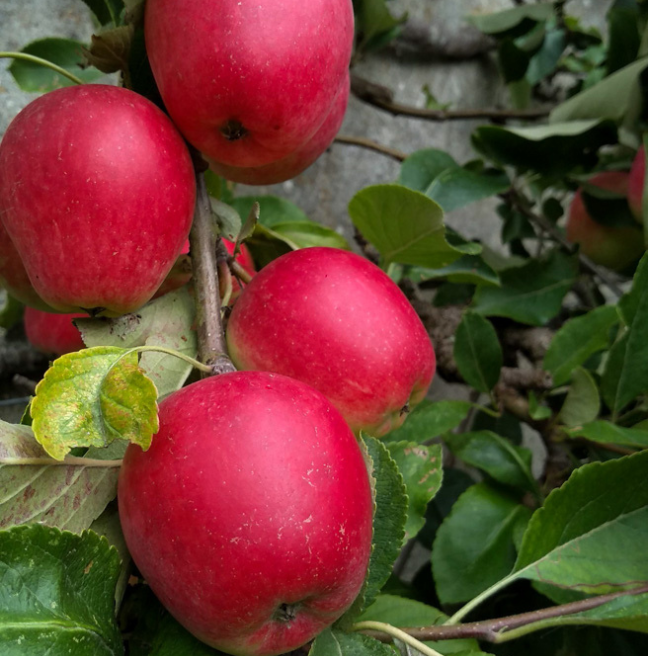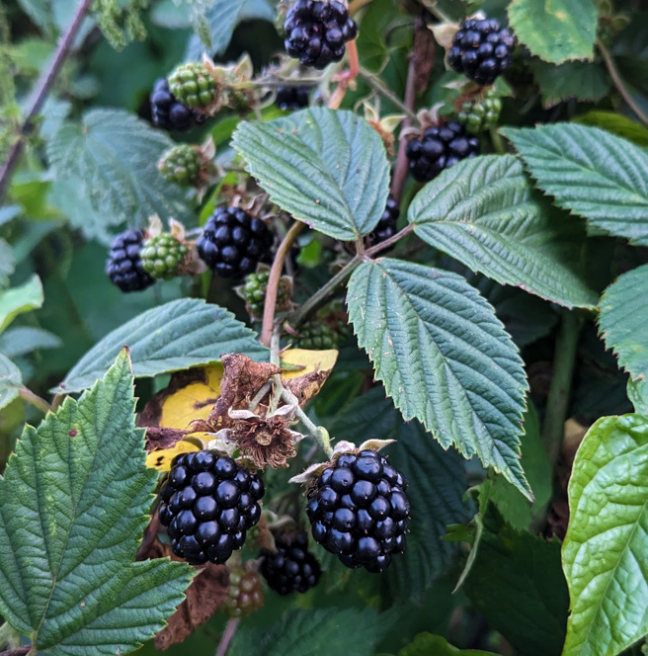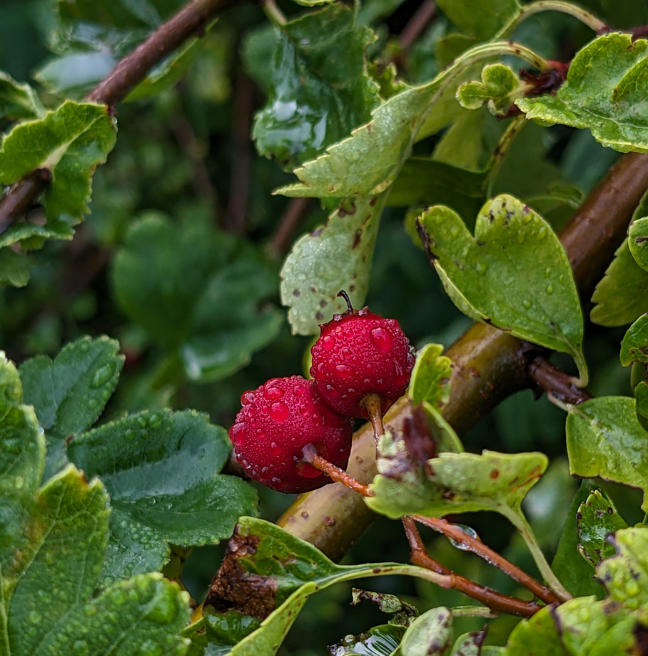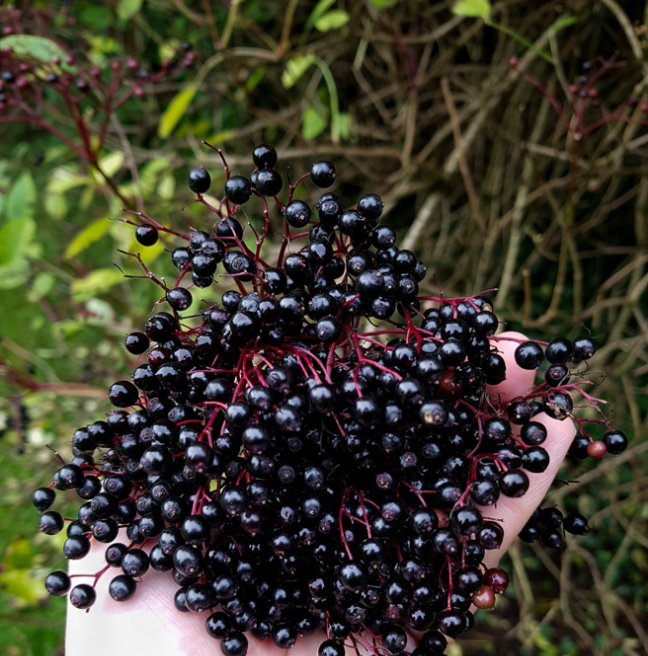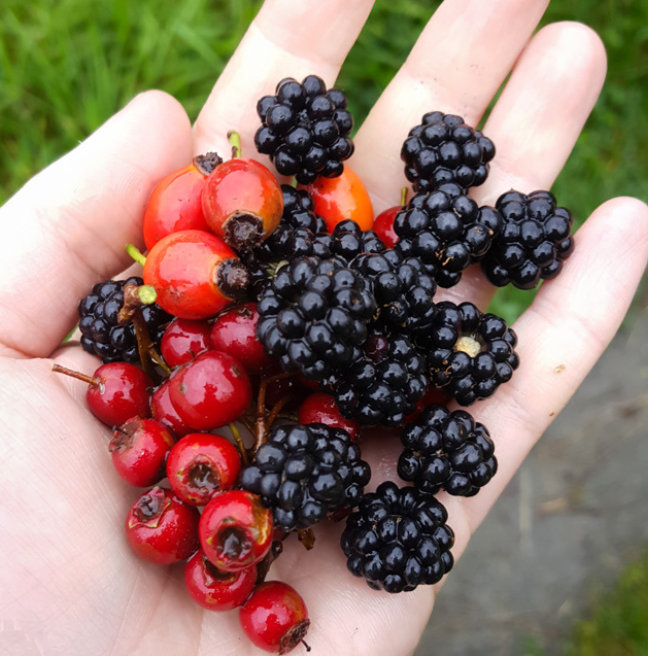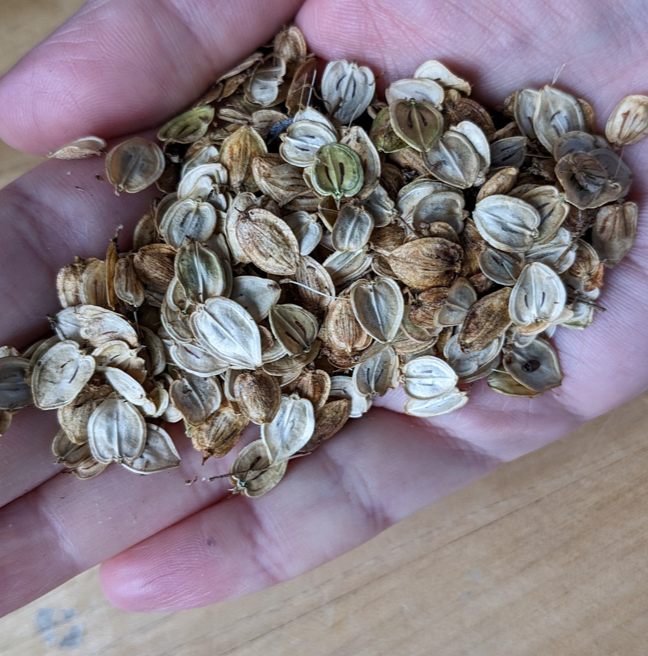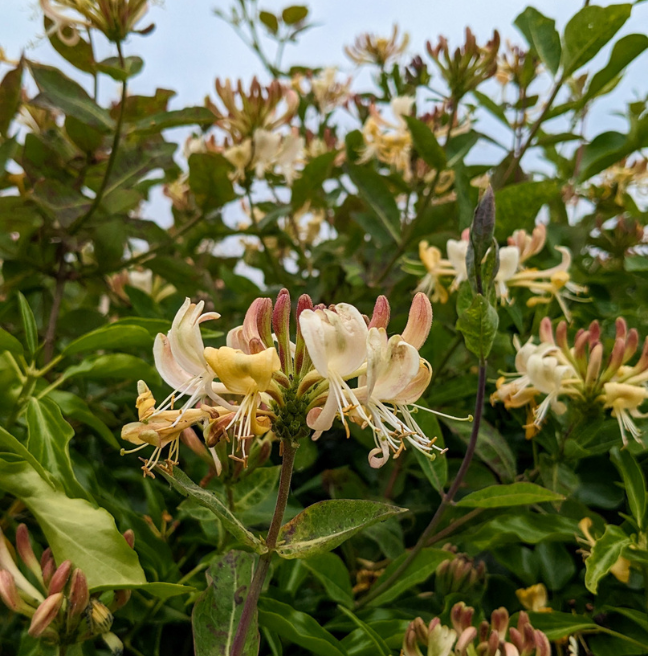
Autumn
This time more than any reminds us of foraging being a practice and a reliving of tradition. Something that runs in our veins and through our ancestry, connecting us with generations before us and reminding us of how we are connected to our food beyond just necessary nourishment. Autumn is how wild food is introduced to us, usually through blackberries, and any gathering at this time of year seems to evoke nostalgia for grandparents delivering jars of seasonal preserves or playing conkers or collecting colourful autumn leaves for nature tables. There is something about the change in the weather that forces us all to band together to fill the cupboards and seek these simple pleasures as the days get shorter.
I am an absolute autumn lover and in my opinion there is nothing quite like a crisp bright October day of squirrelling in the woods for hazels, rosehips and mushrooms. This is the time to squeeze all of that sun into our pores before winter strips us of light. The same is true of saving and preserving the tastes that will sustain us through the winter - sweet, spiced and intense flavours to counteract the quiet dark as the foraging season takes its long winter sleep.
EDIBLE PLANTS
Foraging in Autumn
This is when most of us become more confident with collecting wild food. Fruit and nuts are much easier to identify than the flowers and leaves of the earlier season. Our long days of sunlight and wet rainy days reward us with so much fruit from any park, garden or hedgerow. This is a fantastic time to become acquainted with traditional edible species and make the most of them while they’re here. These ingredients are delicious, versatile and everywhere!
From July onwards the brambles should be heavy with fruit but they are usually finished by September. It is said that the fruits should all be consumed before michaelmas at the end of September for fear the devil would spit on the fruit but if like me you’re not superstitious then seek cooler northern climes to extend the season. As the blackberries mature, the elderberries and apples should be drooping from the trees too. Combine the two to make jelly, jam or even cider. Pears, plums will also be ready for roasting and poaching.
As the season develops we are left with the lesser used hedgerow fruits such as rowan, rosehip, hawthorn and blackthorn but these are fantastic for adding to sauces or to make things like fruit leather, chutney and ketchup. If you’re lucky, you may find edible agaricus mushrooms, oysters or even ceps in your local wild spots. All of them grow in the ancient woodlands here. Alongside the bounty a lot of plants will have a second spring of growth so keep room in your foraging basket for three cornered leek, nettles, plantain and bittercress too.
Know before you go
More than ever it is so important to be absolutely certain with your gathering as there are lots of dangerous plants also heading into fruit and seed that could be tempting to our eyes such as bittersweet, spindle, lords and ladies, snow berries, holly and even elderberries are toxic without processing so do your research or go out with an experienced guide before hitting the hedgerows. This is especially important if you wish to gather fungi. Alongside all of the incredible edible species we also have lots of the most deadly mushrooms so always be safe and certain before gathering things to eat. Remember, plants should never be uprooted without prior permission and not all places permit foraging so check before you go.
Edible Plants
Here is a list of a few more unusual things to gather in Autumn:
Medlars - These are an unusual species of fruit in the rose family. They are unique in that the fruit needs to be completely bletted - in other words completely ripe and soft - before consuming. The flavour is like cooked apples. Keep an eye out for these in old parks and gardens.
Cornus Kousa - Another non native fruit in the dogwood family. These fruits are a beautiful colour of red and orange with a tropical flavour.
Rosa Rugosa - Sometimes known as the beach rose or Japanese rose. The blooms and rosehips of this shrub are one of my favourite flavours of autumn. They’re an easy gather and quite invasive so a good plant to use in your kitchen.
Sea Buckthorn - This coastal fruit has a flavour comparable with passionfruit or mango. These require a bit of processing but it is totally worth it. They’re also invasive so the more we eat the better!
Japanese Quince - This is a common ornamental plant but its flowers are delicious and it’s fruit can be used the same way common quince is used. Floral, aromatic and sweet. These are underrated in my opinion.
Staghorn Sumac - Another common garden tree. This is the same sumac that we buy in supermarkets to use in middle eastern dishes. Sour, fruity, earthy. Gather on a dry day and store for adding a lemony note to humous or even cocktails.
Foraging to Fork
This recipe includes foods that you can forage in the autumn for a delightful meal.

